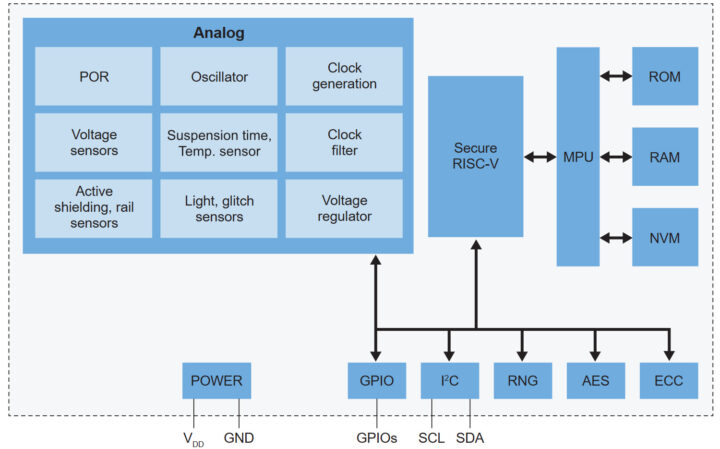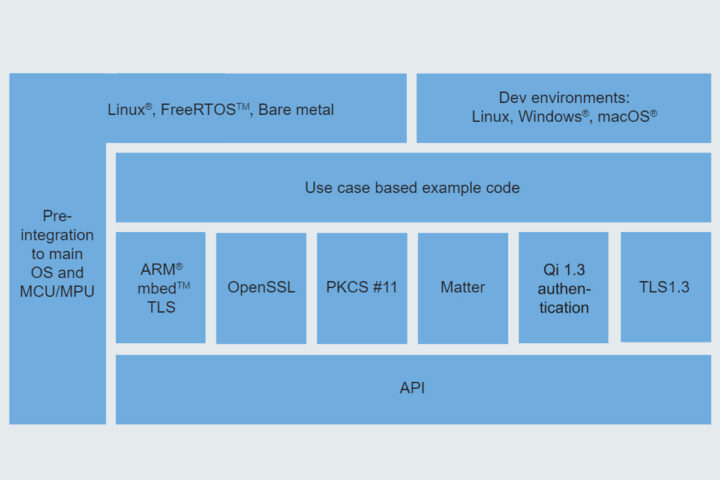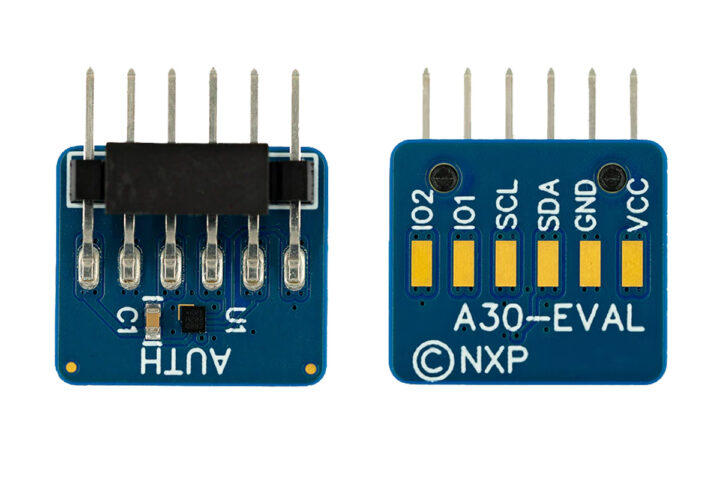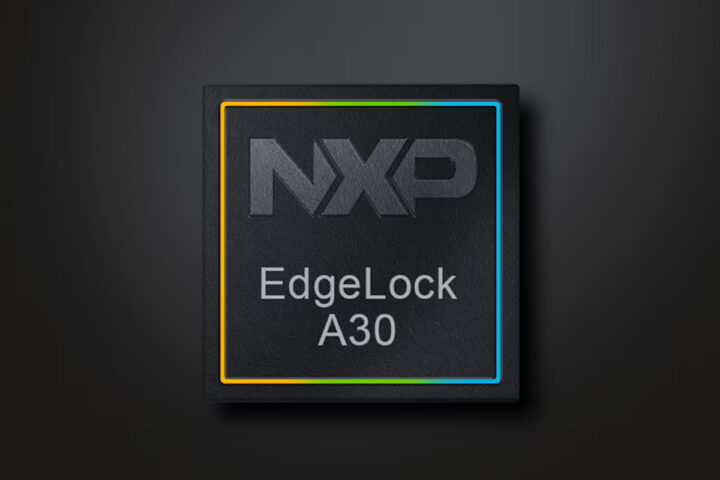NXP recently launched the EdgeLock A30 Secure Authenticator chip, a Common Criteria EAL 6+ certified secure authentication designed for IoT devices, including battery authentication applications. It complies with the EU’s Batteries Regulation 2023/1542, which mandates the inclusion of a Digital Product Passport (DPP), by 2027 to ensure traceability, sustainability, and safety in battery manufacturing and recycling. Alasdair Ross, Senior Director, NFC IoT Security, NXP explains:
Secure authentication helps to ensure brand protection, consumer safety, and product traceability, fostering trust and shielding devices from physical damage. Smaller than a grain of rice, the EdgeLock A30 is designed to fit into even the smallest of devices. It supports multiple authentication use cases, making it easier for developers to support a variety of devices and accessories with a single solution, including device to device, cloud to device, counterfeit protection, and storage or protection of device identity.
To address these requirements NXP’s EdgeLock A30 comes with security features such as AES-128/256, ECDSA, ECDH, PKI-based key management, and a Random Number Generator (RNG) compliant with NIST SP800-90B standards. Certified to the AVA_VAN.5 vulnerability analysis assurance level, the chip is designed to handle sophisticated attacks. With its compact WLCSP and HVQFN20 packages, extended operating temperature range (-40°C to +105°C), and support for NXP’s EdgeLock 2GO IoT platform for secure certificate provisioning, the chip is ideal for batteries, industrial equipment, medical devices, chargers, and other applications requiring high security and compliance with regulatory standards for secure and sustainable product designs.
NXP EdgeLock A30 specifications:
- Secure RISC-V core
- Memory – 16 kB free user memory
- Cryptographic features
- Symmetric algorithms – AES-128/256 (ECB, CBC, CMAC, CCM, GCM)
- Hashing – SHA-256, SHA-384, HMAC, HKDF (RFC5869)
- Asymmetric Algorithms
- ECDSA and ECDH (NIST P-256, Brainpool P256r1)
- Key management and provisioning via PKI
- Random Number Generator (RNG) – NIST SP800-90B compliant
- Interfaces
- I²C 100 kHz, 400 kHz, or 1 MHz
- Two configurable General-Purpose IOs
- Hardware features
- TRNG – NIST SP800-90B, AIS31
- DRBG – NIST SP800-90A, AIS20
- Power
- Supply voltage – 1.0V to 2.0V
- Deep power-down mode max. 5 μA (activated via T=1‘ over I2C)
- Package
- WLCSP
- HVQFN20
- Operating temperature – -40°C to +105°C

The MPU (Memory Protection Unit) in the EdgeLock A30 acts as an intermediary between the Secure RISC-V processor and the memory subsystems, including ROM, RAM, and Non-Volatile Memory (NVM). The MPU separates secure and non-secure data or processes, especially in cryptographic and secure applications. The MPU manages memory resources effectively, with ROM typically storing immutable secure boot code, RAM handling runtime operations, and NVM securely storing configuration data, credentials, or cryptographic keys. By preventing unauthorized access and protecting memory integrity, the MPU protects data against attacks like buffer overflows or memory tampering, making it a vital component of the EdgeLock A30’s secure architecture.

The company provides various software and tools that simplify integration and deployment. It supports the EdgeLock 2GO platform, which handles secure certificate generation, delivery, and provisioning for IoT devices. Additionally, tools, examples, and documentation are available on GitHub.

The A30-EVAL development kit (breakout board) supports platforms like Arduino, Raspberry Pi, and other MCUs via I²C connections, enabling seamless evaluation of the EdgeLock A30’s features.
Previously, we have written about the A71CH Secure Element Chip which is specifically designed for TLS-based communication in IoT and provides secure cloud connectivity and provisioning. The A30 focuses on authentication and anti-counterfeiting.
The EdgeLock A30 Secure Authenticator chip is priced at $0.77 each for 1,000-unit trays, though you have to order a minimum of 10,000 units. More information about the product can be found on its product page and press release.
Debashis Das is a technical content writer and embedded engineer with over five years of experience in the industry. With expertise in Embedded C, PCB Design, and SEO optimization, he effectively blends difficult technical topics with clear communication
Support CNX Software! Donate via cryptocurrencies, become a Patron on Patreon, or purchase goods on Amazon or Aliexpress





